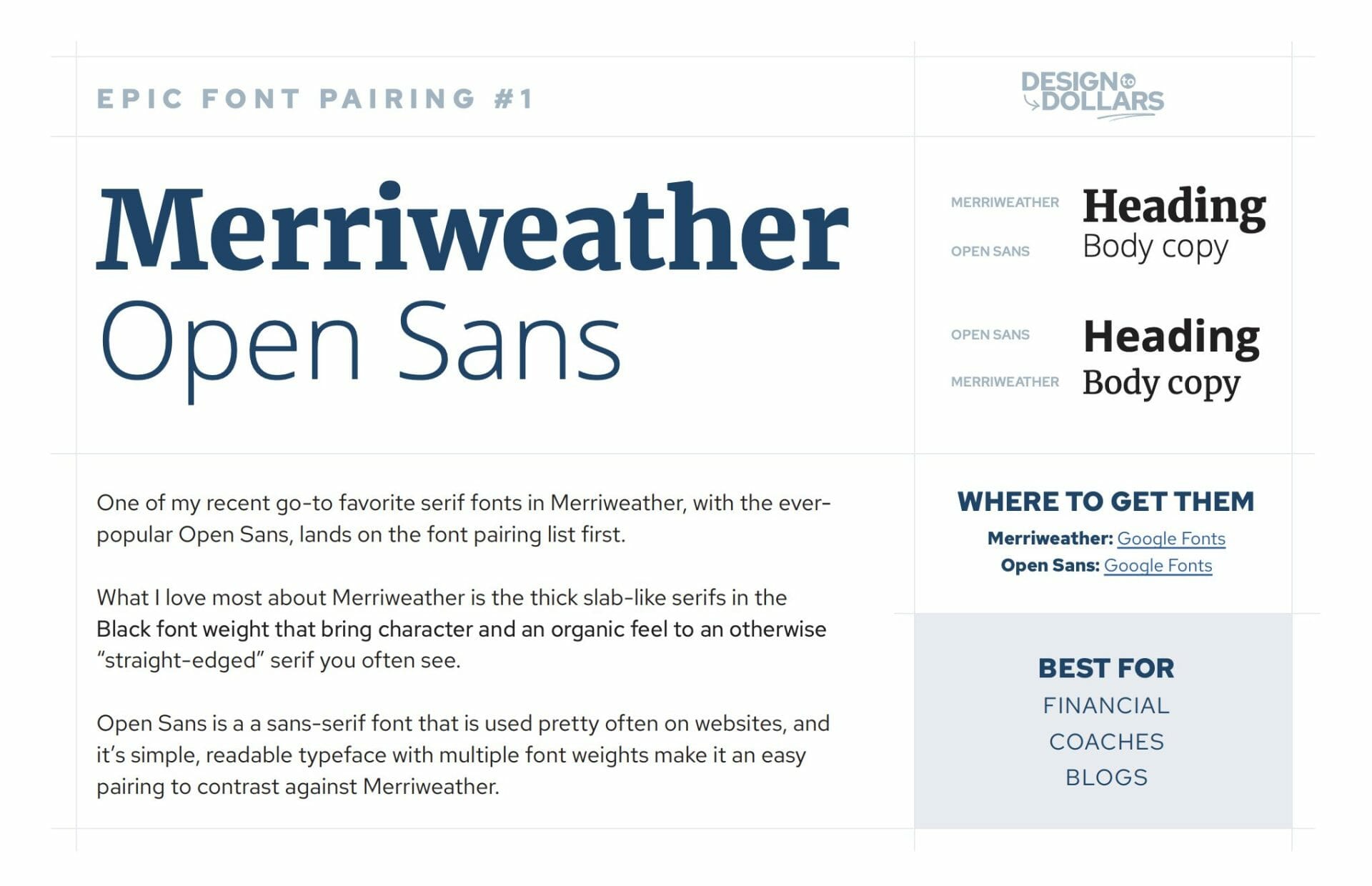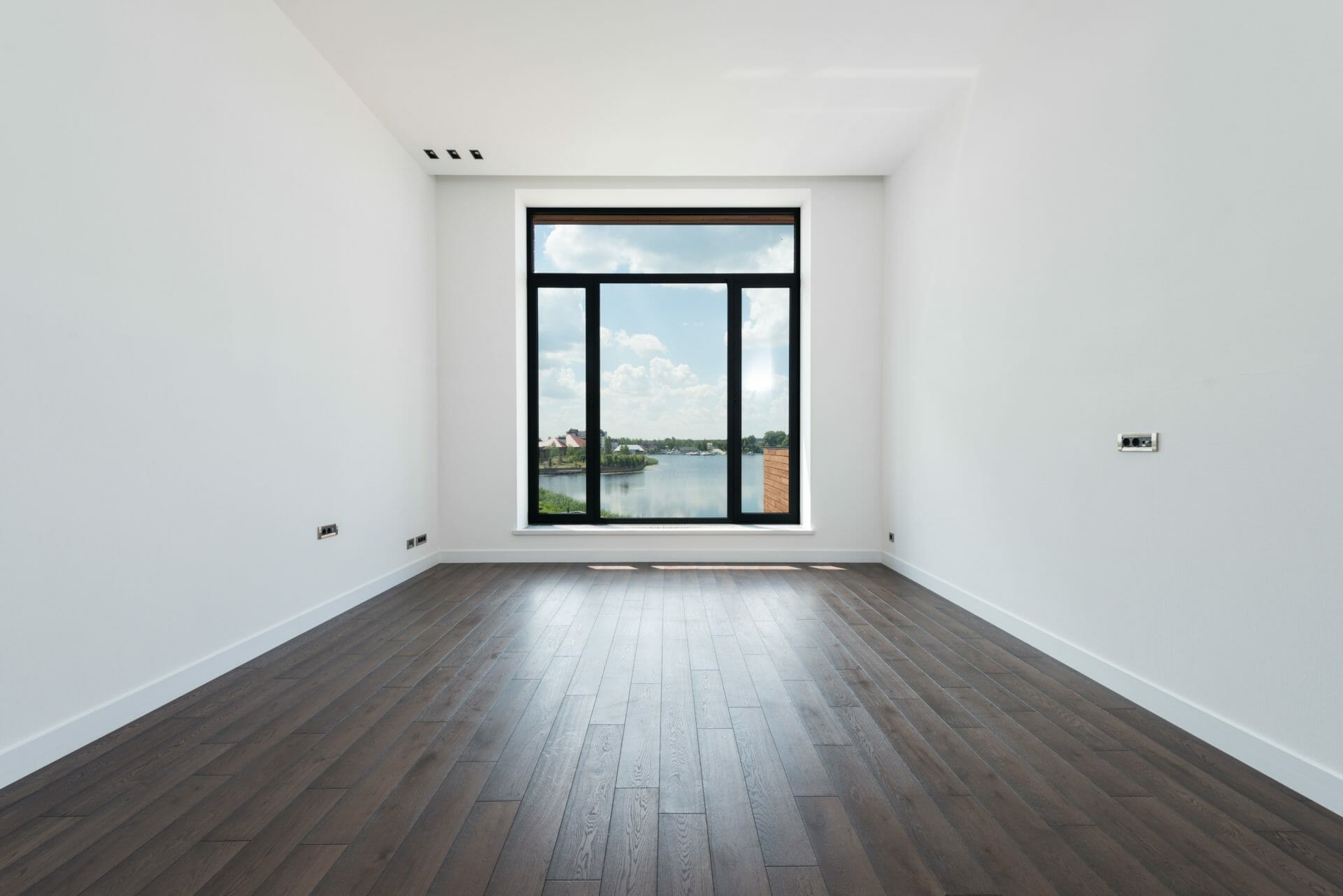When you’re a new business, getting your fresh, new logo design is so exciting.
It’s now the face of your business, and eagerly you use it on your website, social profiles, and order promotional collateral like stickers and pens.
Did you ever think, though, if your logo is truly unique? What if someone else out there has the same design? Or the designer you used just ripped off another company’s logo and used it for yours?
That would be devastating to your image and brand recognition if your logo isn’t your own. It’s imperative that your brand stands out on it’s own, without being compared to another. Plus, you could run into serious legal issues.
5 Epic Font Pairings You Can’t Go Wrong With
Tired of searching for fonts? With my 10+ years of design experience, I’ve put together the best font pairings for you to use, where to find them, and what industry they’re best for.
Get the Free Guide
Sure, not every logo is 100% original — but you should do what you can to ensure it’s yours.
Here’s some ways you can do some research to find out if your logo is just a copy, or a true original.
Do an image search on Google
One quick and easy way to verify if your logo design already exists is to do an image search on Google. Just hop over to images.google.com, upload your logo image as a search, and see what it reveals.
Here’s what came up when searching our logo:

As you can see, there’s really no logo design revealed by Google that is in close similarity.
Now, is this a totally fool-proof method? No, it’s not perfect — but it’s a good measuring stick for a quick search. If it was a carbon copy, it would come up pretty easily, and you’ll be able to identify it there.
Check on stock image or vector sites
Secondly, another more time-intensive method for checking on the uniqueness of your logo is to filter through stock image sites. This can be iStock, Vecteezy, Freepik, Dribbble, or any other popular site.
Now, I preface this by saying it won’t work for everyone. However, it can in many instances.
Your business logo needs to be categorized in some way — like a “leaf logo” or “plumber logo”, for example. Or if there’s a specific symbol you use in your logo, such as a car (if you do detailing) or a house (for a realtor).
This will help in your search on these sites so that when you type in “leaf logo” it’ll automatically populate designs with leaves.
So whatever it is that describes your logo, visit a couple of the sites mentioned and search for the same kind of design. You will have to do more sifting and play with words in some instances, but it’s yet another method that will help you dictate if your logo is a templated or carbon copy of another.
Verify the designer you used
Think back to when you first got your logo — who and where did you go to get it done? How did the process go?
Usually, in a true logo design process, you will be presented with some initial concept designs that are more rough and not complete. Sometimes it can be in sketch form, sometimes not.
However, if you remember receiving the very first logo design concept that looked complete and really polished, there’s a chance that it was taken from somewhere and not actually “designed” by that individual.
In some occasions, a professional designer can use a stock image to compliment the overall logo, however this will always (and should) be disclosed with you.
Beyond looking back at the process, you should also consider where you found the designer. If it was online, through a site like Fiverr or another marketplace, there are chances you worked with someone who does poor work and ripped someone else off in your design.
What next?
If you find out that your logo indeed is a template or near carbon copy of another company, I would recommend you seek out a new logo designer that will create a new, unique design just for your company.
This is imperative so that you stand out from competition, and have a brand that properly represents you and your business.




